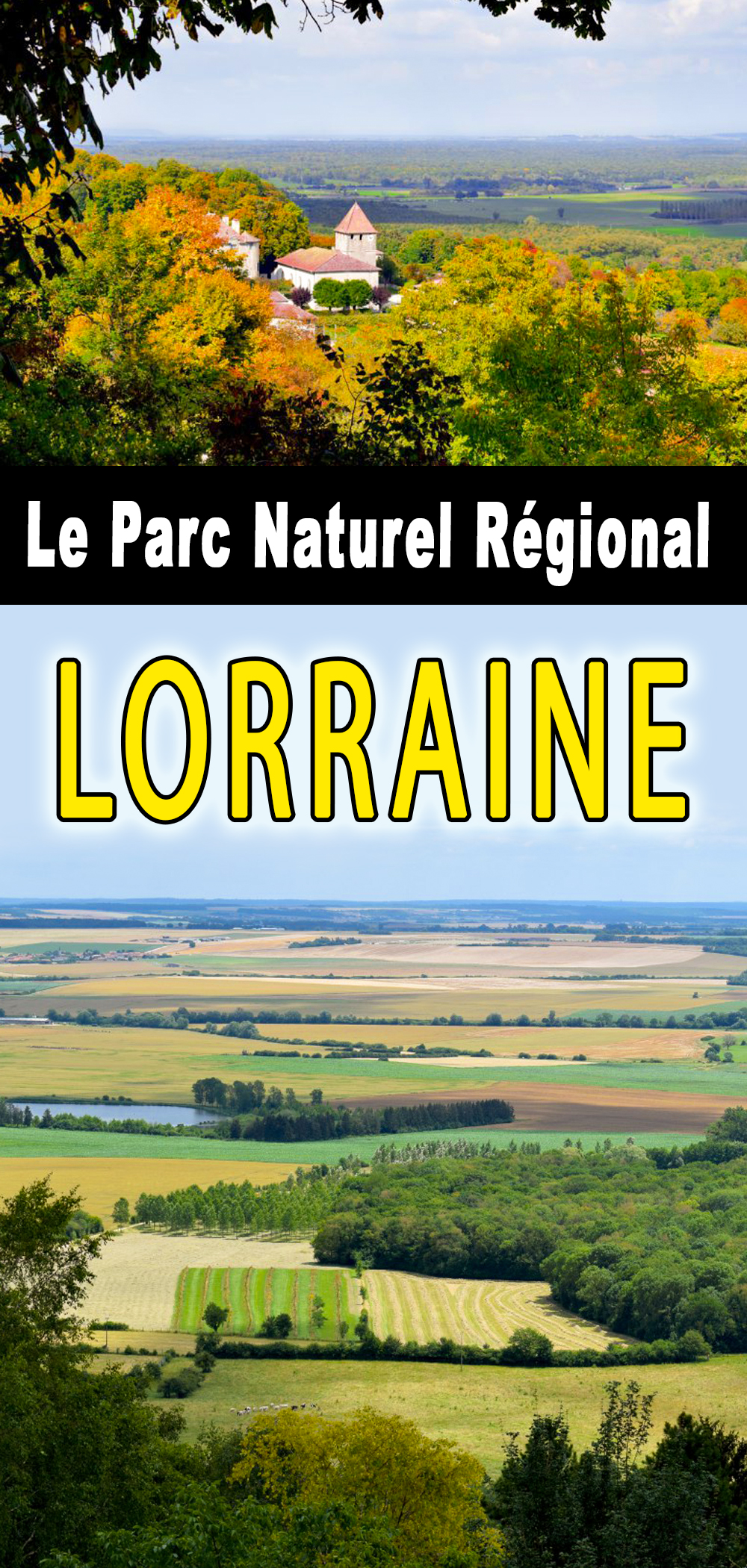Tourists visiting the French province of Lorraine often concentrate on the cities of Nancy and Metz. But for those who prefer the countryside, the Lorraine Regional Natural Park will fully satisfy their expectations. Follow me in this exploration of the PNR during which I will show you the most beautiful sites to discover.
What is a Regional Natural Park in France?
An RNP (Regional Natural Park, or PNR: Parc Naturel Régional) is a territory whose development is based on the enhancement and protection of natural and cultural heritage considered rich and fragile.
In 2021, France has 58 RNPs covering 15.5% of the country’s surface area and encompassing approximately 6% of the population.
The RNPs have five missions:
- economic and social development
- protection of the natural, historical and cultural heritage, and of the landscape,
- participation in the fine planning of the territories, notably by participating in the coherence of urbanisation
- welcoming, informing and educating the public about environmental and cultural issues,
- experimenting with new forms of public and collective action.
What is the difference between a Regional Natural Park and a National Park?
In France, the Regional National Park (RNP or Parc Naturel Régional) should not be confused with the National Park (NP or Parc National).
- The NP is created by government decision. The RNP is created by the decision of the regional council after approval of the charter by decree.
- The NP occupies an uninhabited territory, unlike the RNP.
- Unlike the NP, an NRP has no regulatory powers. Thus, regulations cannot restrict construction or land use in its territory.
- Hunting is limited or even prohibited in an NP, unlike in an NRP where it is possible.
- Access in an NP can be regulated. It is free in an NRP.
- In 2021, France have 11 National Parks, including eight on mainland France, and 58 Regional Natural Parks.
Regional Natural Parks in Lorraine
The historical and cultural region of Lorraine does not include any national parks but has three Regional Natural Parks (two of which it shares with neighbouring regions):
- the Ballons des Vosges Regional Natural Park (Lorraine – Alsace – Franche-Comté)
- the Vosges du Nord Regional Natural Park (Lorraine – Alsace)
- and the Lorraine Regional Natural Park
The Lorraine Regional Natural Park
The Lorraine Regional Natural Park is one of the first 13 Regional Natural Parks to be created since the concept was introduced in 1968.
It was inaugurated on 17 May 1974, the same date as the inauguration of the Pilat and Boucles de la Seine Normande RNPs. Today it is managed as a mixed syndicate.
The natural environments of the NRP are mainly limestone grasslands, wooded valleys, salt ponds, wet meadows, ponds and waterways.

The RNP of Lorraine has adopted the thistle (“chardon lorrain“) as its logo. The thorny plant is indeed the emblem of Lorraine.
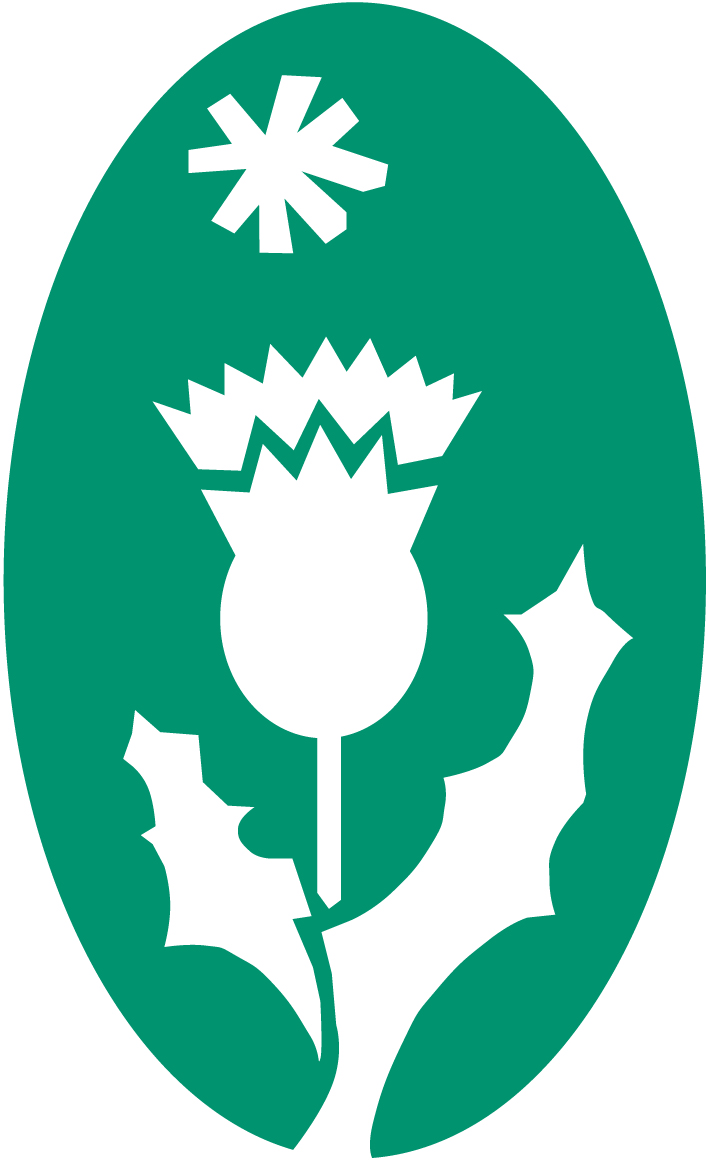
The fauna and flora of Lorraine RNP
Lorraine RNP is home to several animal species: deer, wild cats, roe deer, foxes, wild boars, wolves, badgers, weasels, polecats, etc. It is also an important area for bird conservation.

The flora includes beech, maple, cherry and wild cherry. Sessile and pedunculate oaks are often accompanied by hornbeam. Ash, lime, alder and birch trees can also be found.
Key figures for the Lorraine RNP
The RNP of Lorraine :
- covers an area of 219,400 hectares (about 11% of Lorraine),
- extends over three departments: Meuse (35%), Meurthe-et-Moselle (34%) and Moselle (31%).
- includes 183 municipalities,
- has a population of approximately 78,100.
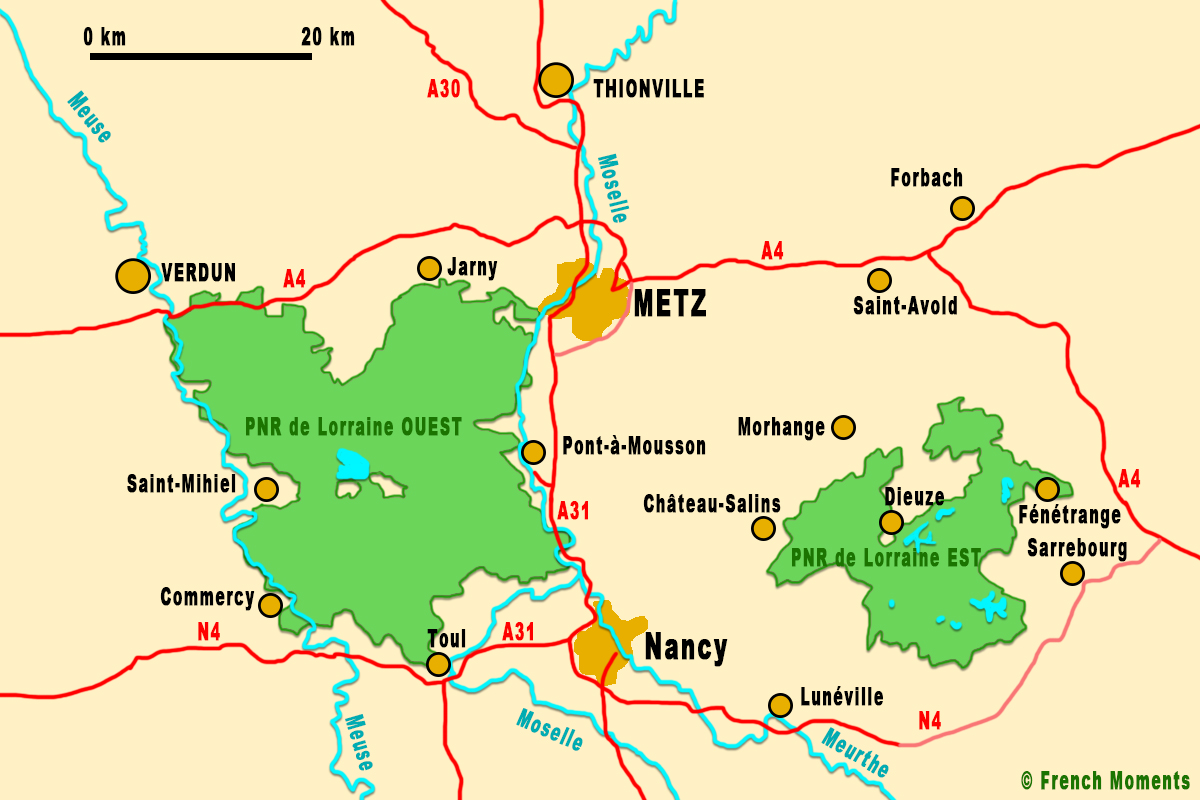
Accommodation in the RNP of Lorraine
Would you like to find accommodation to stay in the Lorraine Regional Natural Park? Click here to consult the accommodation offers or browse the map below:
The Lorraine Regional Nature Park: two territories in one
The Lorraine Regional Natural Park has the particularity of being separated into two parts, on either side of the Nancy-Metz Moselle corridor, a highly urbanised area: the western part and the eastern part.
The western part of the RNP of Lorraine
This is the largest part of the Lorraine Regional Park.
It is bordered by four cities: Nancy, Toul, Commercy, Verdun and Metz.
This territory extends over part of the valleys of the Moselle and the Meuse, the coasts of the Meuse and the plain of Woëvre.
Remarkable sites to discover in the western part
The Côtes de Meuse, which include the picturesque promontory of Hattonchâtel and the village-street of Hannonville-les-Côtes.
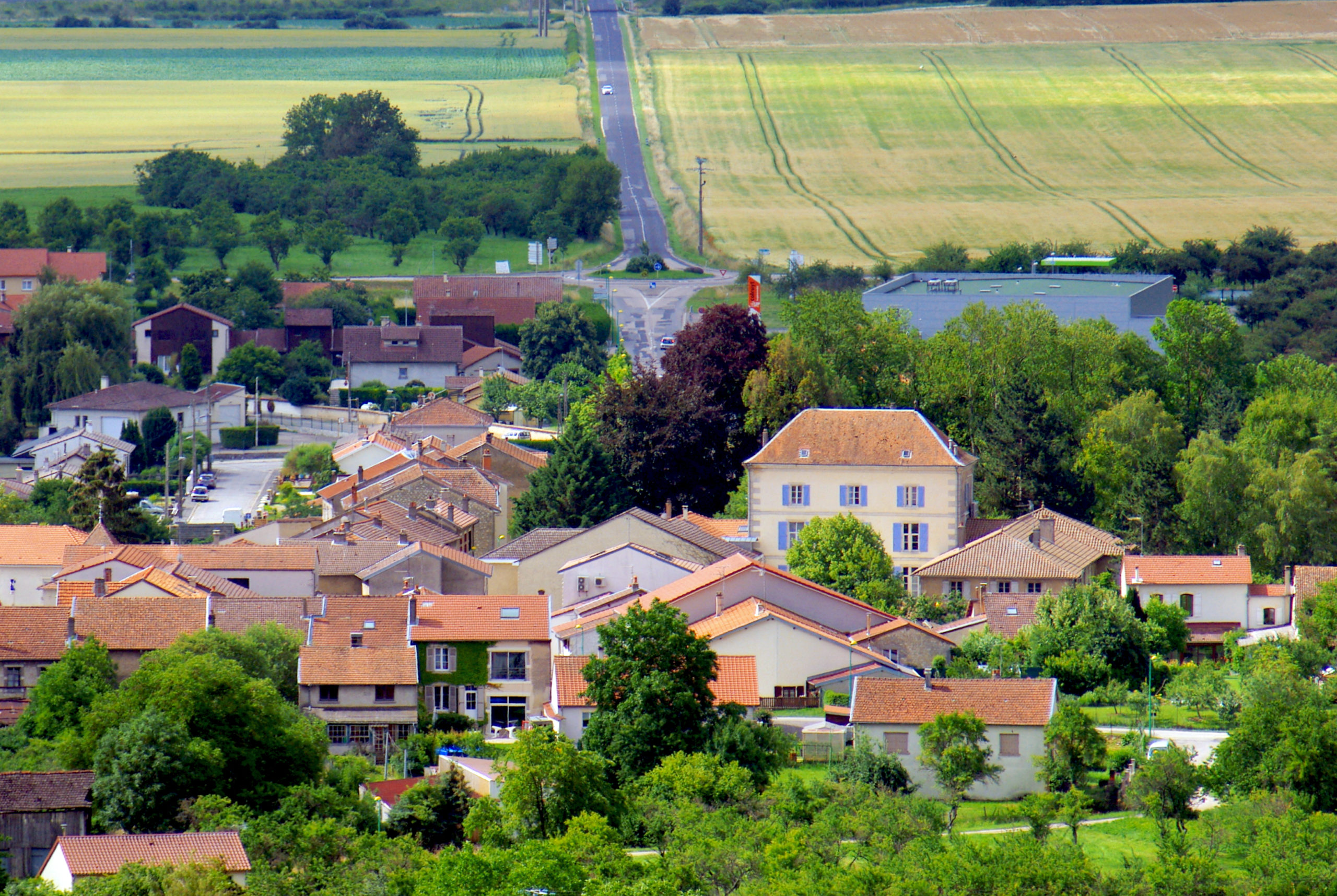




The Butte de Montsec (377 m). The butte-witness overlooks the Woëvre plain and the Madine lake by 140 m. The American Memorial crowns its summit. Magnificent views over the Côtes de Meuse, the Madine lake, the Woëvre, the Toulois and the surroundings of Nancy.



The plain of Woëvre. This is a wet plain dotted with ponds (Lachaussée) and forests (Forêt de la Reine). The plain also includes a popular holiday destination for Lorraine’s inhabitants: Lake Madine and its leisure centre.
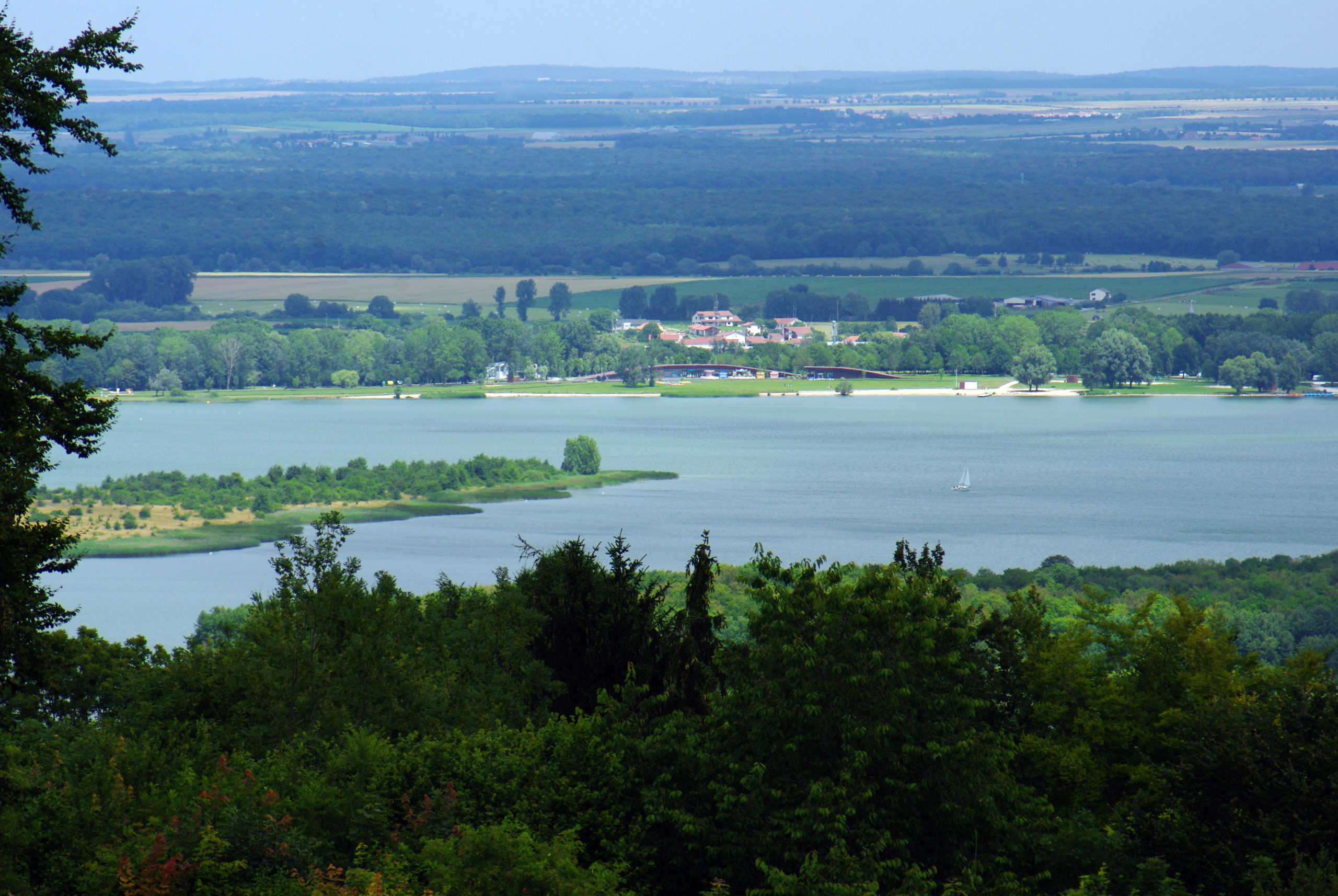
The Petite Suisse Lorraine is a bucolic area including the Esch valley around Martincourt.
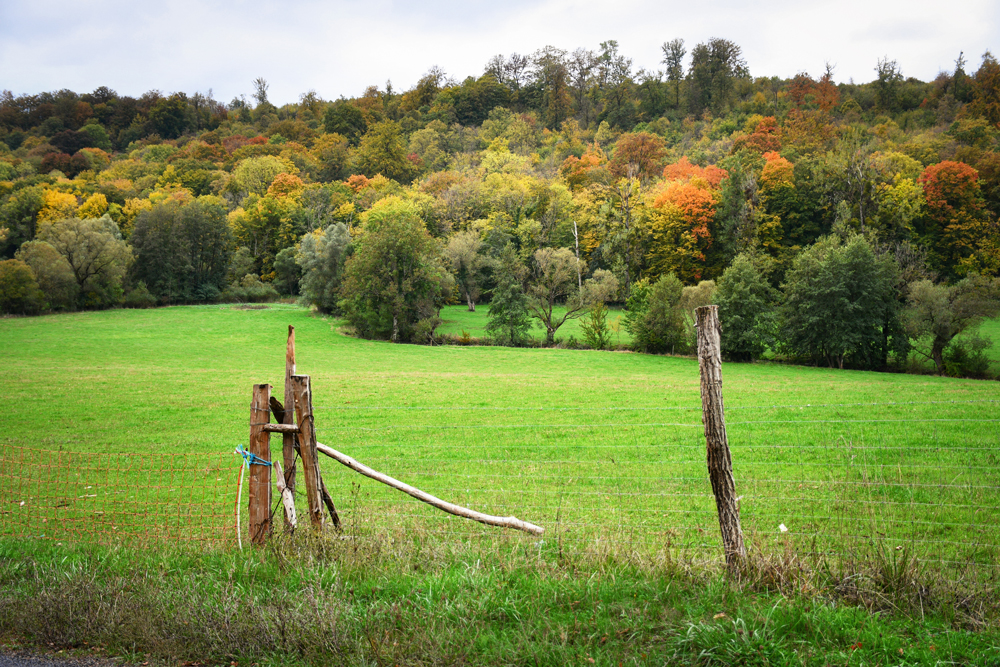

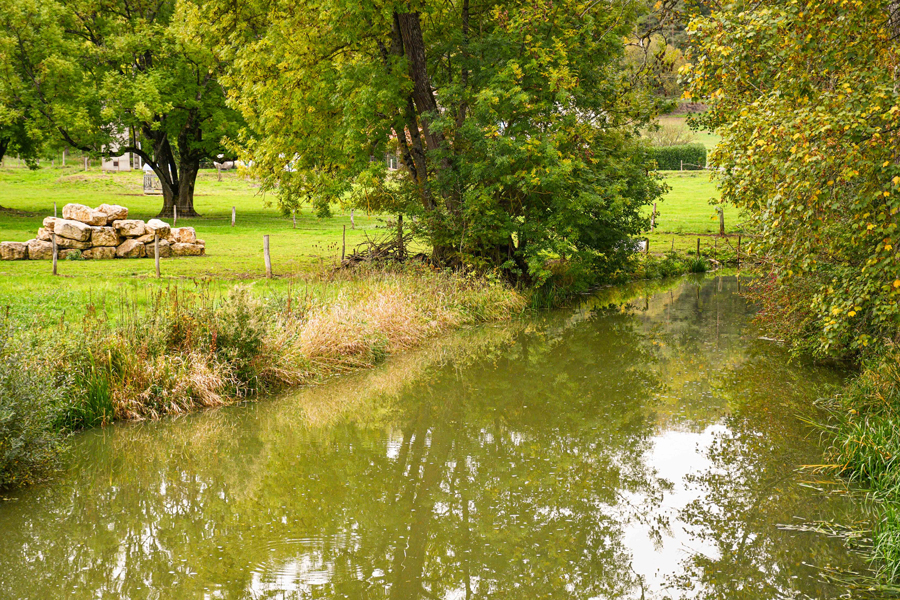

The Toulois. The RNP of Lorraine also includes the northern part of the Toulois, renowned for its vineyards and mirabelle tree orchards.

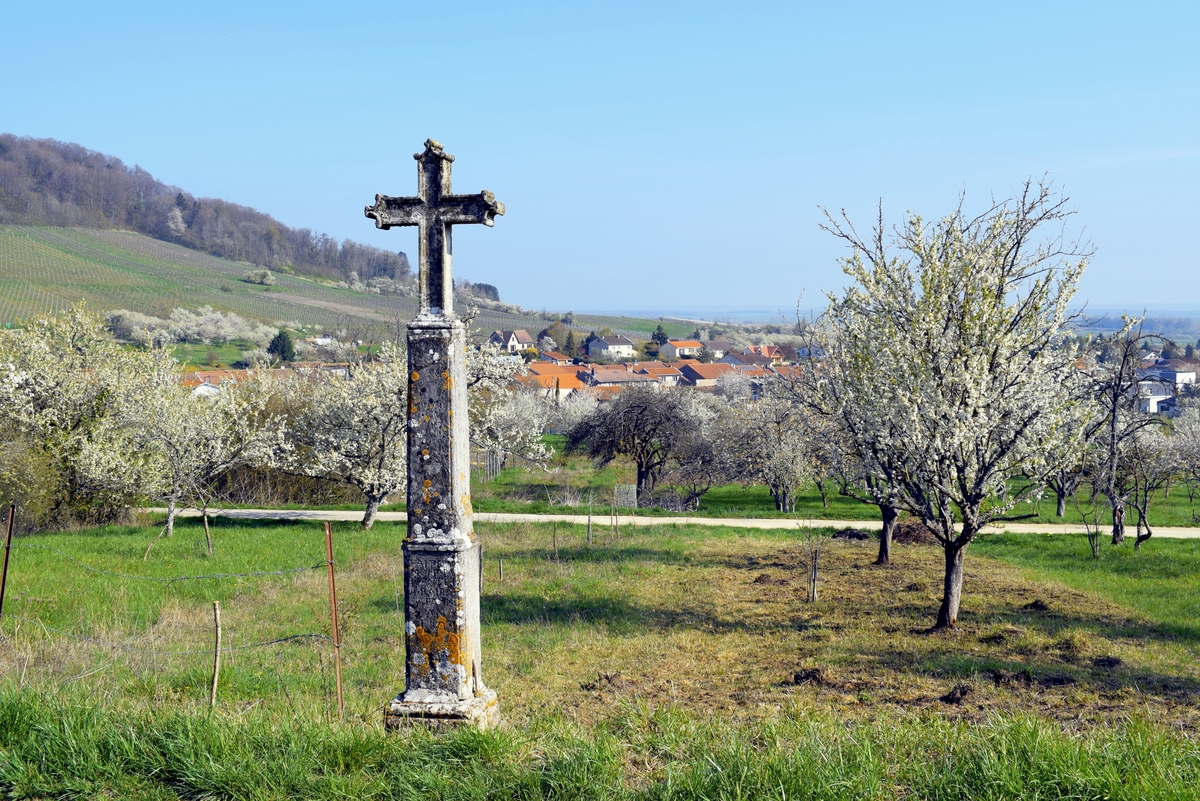

The Pays Messin (south-west) around Gorze offers beautiful views of Metz in the middle of deep forests.
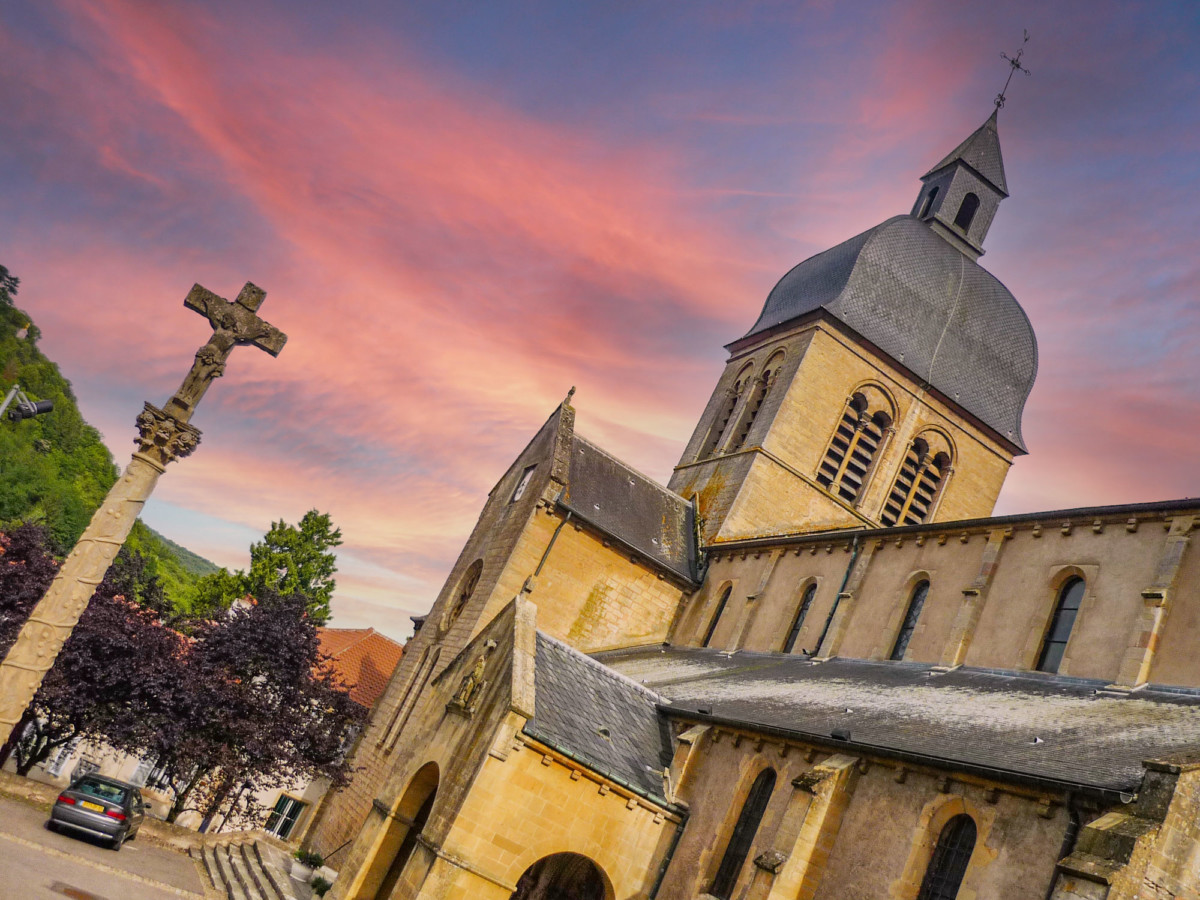
The eastern part of the RNP of Lorraine
Smaller in size than its western counterpart, the eastern part of Lorraine RNP extends from Château-Salins to Morhange and from Fénétrange to Réchicourt-le-Château.
It corresponds to the natural regions of the Saulnois and the pays des étangs (Lindre, Gondrexange, Mittersheim, etc.).
It is the less touristy of the two parts of the Lorraine RNP because it is more remote from the major urban areas of Nancy and Metz.
This territory is located on a migratory flow of many birds.
Remarkable sites in the eastern part to discover
the Saulnois. It is the salt country that corresponds to the valley of the Haute-Seille, where salt was extracted. To see: Marsal (Vauban fortifications, Porte de France) and Vic-sur-Seille (castle of the bishops of Metz, Hôtel de la Monnaie).
![Marsal Porte de France © Ray Orange - licence [CC BY-SA 4.0] from Wikimedia Commons](https://frenchmoments.eu/wp-content/uploads/2022/04/Marsal-Porte-de-France-©-Ray-Orange-licence-CC-BY-SA-4.0-from-Wikimedia-Commons.jpg)
![Castle of Vic-sur-Seille © GFreihalter - licence [CC BY-SA 3.0] from Wikimedia Commons](https://frenchmoments.eu/wp-content/uploads/2022/04/Chateau-de-Vic-sur-Seille-©-GFreihalter-licence-CC-BY-SA-3.0-from-Wikimedia-Commons.jpg)
the Pays des étangs (literally: the country of ponds). As the name suggests, this is a wooded area with over a hundred natural and artificial ponds created in the Middle Ages, mainly for fish farming. The most popular ponds are those of Gondrexange, Mittersheim and Lindre. In the heart of the eastern part of the RNP but outside the boundaries is the famous Sainte-Croix Animal Park.
![Etang du Stock © Labraun90 - licence [CC BY-SA 4.0] from Wikimedia Commons](https://frenchmoments.eu/wp-content/uploads/2022/04/Etang-du-Stock-©-Labraun90-licence-CC-BY-SA-4.0-from-Wikimedia-Commons-scaled.jpg)
![Tarquimpol et étang de Lindre © Havang(nl) - licence [CC0] from Wikimedia Commons](https://frenchmoments.eu/wp-content/uploads/2022/04/Tarquimpol-et-étang-de-Lindre-©-Havangnl-licence-CC0-from-Wikimedia-Commons-scaled.jpg)
![Diane-Capelle © Stéphane - licence [CC BY-SA 3.0] from Wikimedia Commons](https://frenchmoments.eu/wp-content/uploads/2022/04/Diane-Capelle-©-Stéphane-licence-CC-BY-SA-3.0-from-Wikimedia-Commons-scaled.jpg)
To find out more about the Lorraine Regional Natural Park
- Read this article in French on our French blog
- 50 photos of spring in Lorraine to cheer you up!
- Find out more about the historic region of Lorraine
- The official website of the Regional Natural Park of Lorraine
- The Lorraine Regional Natural Park page on Wikipedia
- Book your accommodation in Lorraine!
The RNP of Lorraine on Pinterest
Did you enjoy the reading? Pin it on Pinterest!
